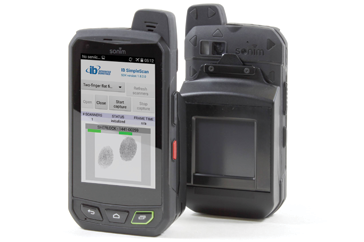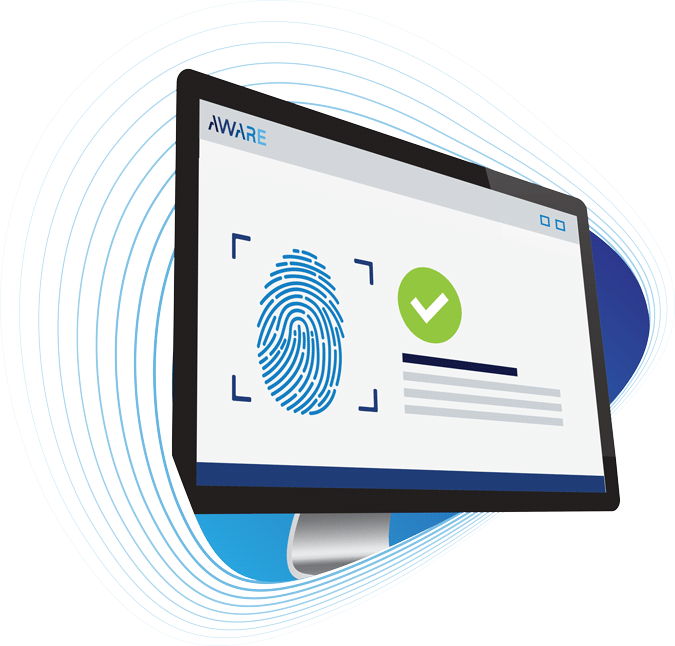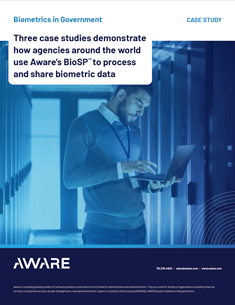 Mobile technology has revolutionized many industries, and biometrics is one of them. As biometric authentication on handsets has become ubiquitous, the impact of its adoption has impacted biometrics beyond consumer applications. The mass-market scale of biometric authentication is driving useful technology improvements into biometric enrollment for search.
Mobile technology has revolutionized many industries, and biometrics is one of them. As biometric authentication on handsets has become ubiquitous, the impact of its adoption has impacted biometrics beyond consumer applications. The mass-market scale of biometric authentication is driving useful technology improvements into biometric enrollment for search.
One example is sensors. It wasn’t that long ago that to capture a set of fingerprints required an advanced optical device costing $10,000 or more. Today, we have sensors that cost literally pocket change. The impact on facial and iris cameras has been nearly as dramatic.
Whenever a biometric search is performed, biometric samples such as fingerprints and facial images need to be collected, and they need to be of sufficient quality to be useful for searching thousands of records or even more. In the case of fingerprints, multiple samples are typically required and they need to be properly identified (i.e. left index).
The applications driving demand for biometric search are outside law enforcement, such as border management, defense, and identity proofing performed as part of know-your-customer efforts of banks, mobile network operators, and government agencies, and so the capture of biometrics for search has dispersed far beyond the highly controlled environment of the police station, to places like customs lanes, customer service desks, and drive-up security booths.
Sitting behind a desktop computer is not always the best place for a biometric enrollment attendant for these applications; some degree of mobility can often make them more effective; not the kind of boundless mobility we associate with smart phones, but the ability to improve ergonomics, accessibility, and workflow of the biometric enrollment process. Attendants may want to capture biometrics from someone standing on a line, sitting in a car or wheelchair, or holding a child. Eliminating the cost of a Windows-based PC from the enrollment station cost can also be a big motivation.
For these reasons, Aware spends a lot of time optimizing its solutions for biometric capture for search on mobile OS and devices. It requires that we preserve the ability to quickly capture high-quality biometric samples using smart phones and tablets with smaller screens and less computing power and RAM than a PC.
A case in point is facial image capture, which ideally must be assisted with algorithms that help automate the capture process and help ensure image quality, in part by analyzing an image, controlling the camera setting, and providing feedback to the enrollment attendant, all in real time. These are computationally demanding processes that are made all the more difficult by the uncontrolled environment in which the photo is being taken; irregular lighting and complex image backgrounds are big contributors to low facial image quality and poor biometric matching performance.
Another example is where fingerprint search of a watch list must be performed on the device in an untethered environment, where there is intermittent network connectivity. This might be for defense or intelligence applications, or as part of an emergency response to a crisis of some kind. Biometric search needs to be performed on the device, yet has to be performed quickly. Optimizing capture efficiency and search performance on mobile devices is critical to enabling the capability.
The big story in mobile biometrics is clearly mass-market adoption for authentication, but it has also brought on the emergence of solutions for biometric capture and search that make use of mobile devices to move biometric capture attendants out from behind a desktop towards improvements in accessibility, ergonomics, and offline capability, all with lower costs for hardware.

